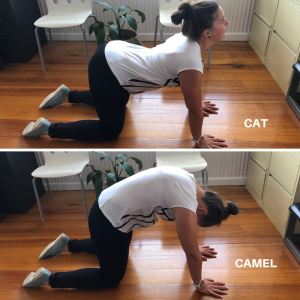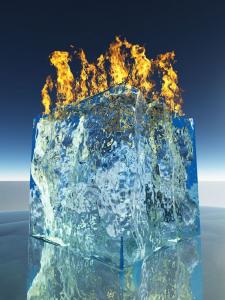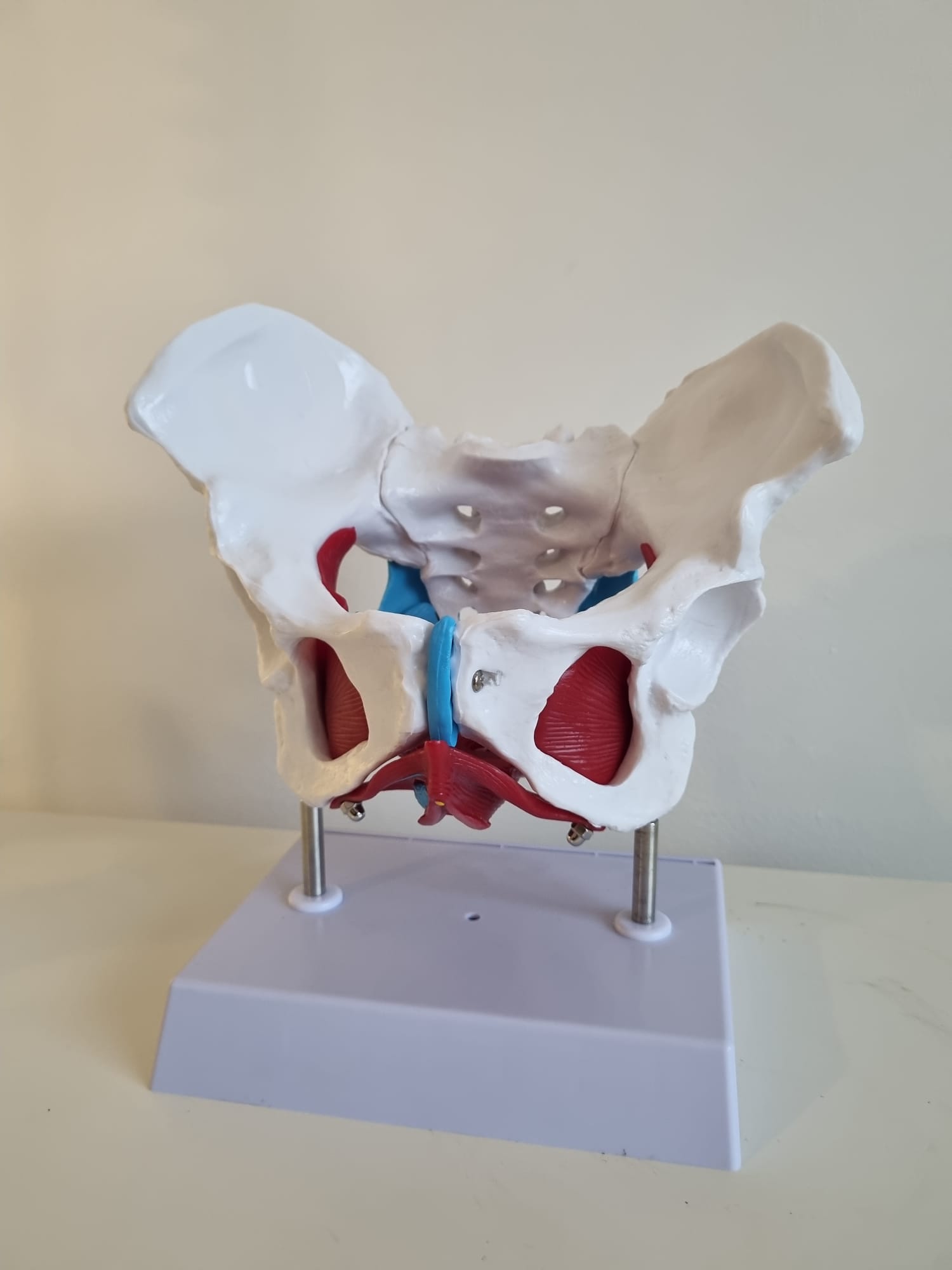
Acute or Chronic pain – What is the difference and how can Osteopaths help?
What is pain?
To appreciate the difference between Acute or Chronic pain, you must firstly understand what pain is.
All pain is individual. It can feel sharp or gnawing or burning. It can feel small or niggly or the worst pain you have ever experienced. Sometimes it lasts a millisecond but other times it can be unrelenting. The length of time that pain lasts is an important factor in its healing and recovery and is a deciding factor as to whether the pain is defined as Acute or Chronic.
Pain is a natural response of the body telling you to stop doing whatever it is you are doing as an injury process is occurring, be that slouching or touching the fire or dancing so wildly! However, sometimes pain can seem to present regardless of what you are doing…
What is Acute pain?
Any injury or pain lasting less than 6 weeks is considered Acute. Beginning as a survival technique, the body protects and re-builds to return itself to a state of health. This is known as the inflammatory process: your body’s own in-built response to a painful stimulus. During this process you commonly experience:
- swelling
- heat
- redness
- pain
- loss of function
So your body will heat up, hence the relief of icing a recent or acute injury. It needs this heat and inflammation in order to put healing into action. It is a natural and necessary bodily function. Usually as the injury heals, the pain subsides.
What is Chronic Pain?
If the injury doesn’t heal and the pain continues for more than 12 weeks, the pain is considered Chronic. By this stage, the body has had reasonable time to heal and the inflammatory process has been and gone. The body responds to a painful stimulus but there is no swelling or heat or redness.
Current pain science suggests that during the experience of consistent and prolonged pain, the brain adapts its neural pathways to accommodate for it (1). Chronic pain can therefore be seen more as a disease instead of a natural response to painful stimulus. It can be very debilitating so the impact this pain has on people emotionally, psychologically and socially is as important as the impact physically.
Why does Acute pain become Chronic pain?
There are a variety of risk factors or contributing factors as to why Acute pain can become Chronic pain. Here are a few of them;
- You continue to do the aggravating or causative activity so the injury doesn’t get the appropriate time to heal
- You are immunocompromised or run down
- The injury or disease process causing the pain is systemic or degenerative
- Psychological factors such as anxiety
How can Osteopaths help you?
Osteopaths aim to find the main cause of pain (as opposed to the site of pain) and identify any aggravating factors in your daily life that might be contributing to your injury or pain. They use a variety of techniques to help the body begin or accelerate its own healing processes.
Osteopaths can educate you on the injury or disease process and provide activity modification advice, as well as prescribe daily stretches and strengthening exercises to rehabilitate your injury.
Acute pain can sometimes take care of itself whereas Chronic pain, which has had more time in the body, will mostly take longer to heal. Sometimes, especially in degenerative processes, the body is not capable of returning to a state of health, in which case, the focus is on improving symptoms or preventing further pain.
If you’re experiencing pain, Acute or Chronic, be sure to book an appointment to see one of our Osteopaths or Myotherapist today.
References
1. Raffaeli, W. and Arnaudo, E. (2017). Pain as a disease: an overview. Journal of Pain Research, Volume 10, pp.2003-2008.





